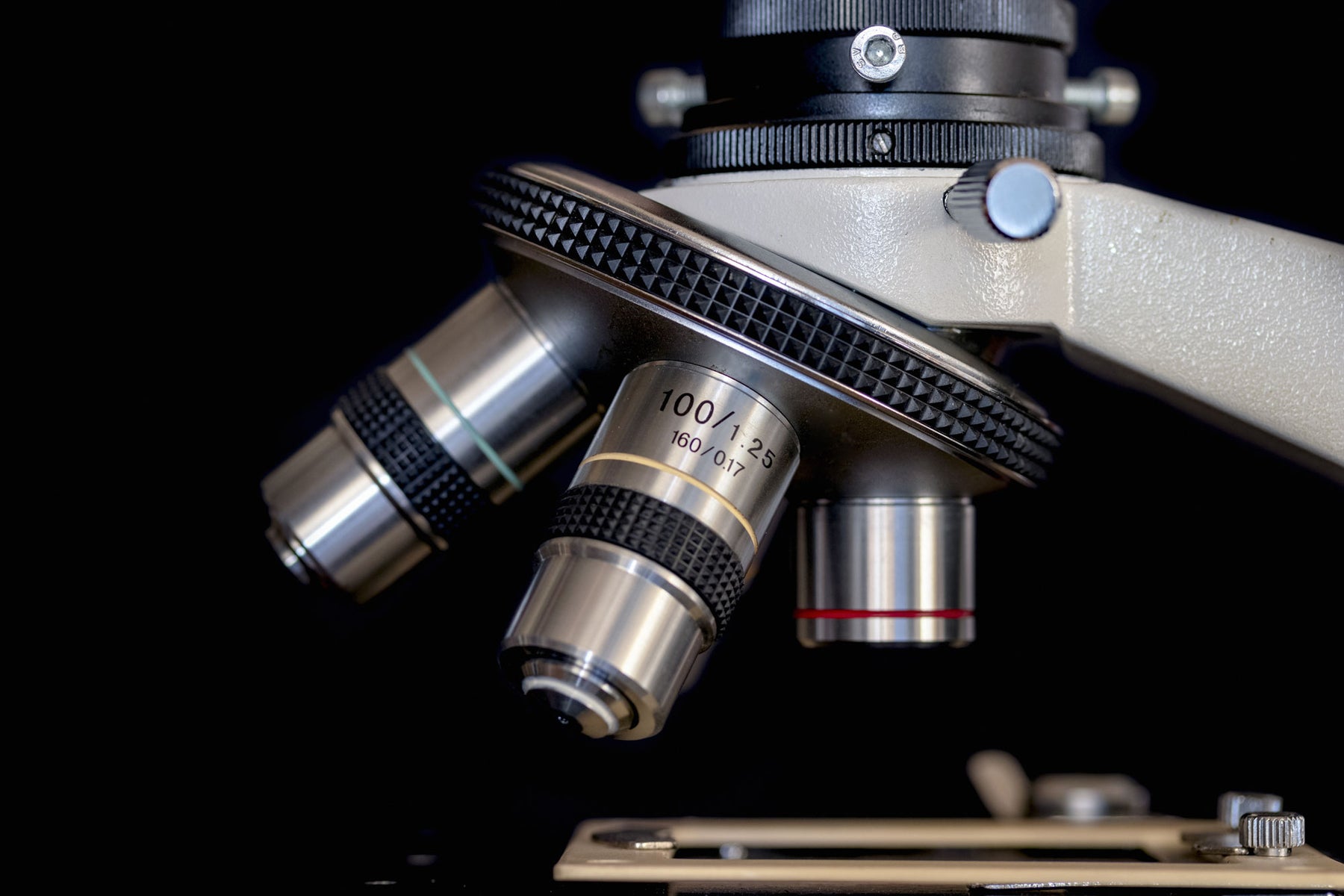
Warning - don’t believe websites selling microscopes with a magnification of 2000x
Warning – don’t get scammed by empty magnification
Many people shopping for a microscope naturally assume that higher magnification is better. Why wouldn’t you? How could more magnification not be better?
When it comes to your microscope, this is not always the case.
A microscope is only as good as its resolution. And having higher magnification without higher resolution to go with it will inevitably produce a blurry, distorted image.
The effect is like zooming in too far on a picture or a website – you get blurry pixels rather than more detail.
This phenomenon is usually referred to as ‘empty’ or ‘false’ magnification, and it has led many an unsuspecting customer astray.
How to avoid false magnification
Know your limits
The easiest way to avoid false magnification is simply to know the standard limits of a microscope.
Compound microscopes will generally struggle to resolve detail at magnifications above 1000x, while stereo microscopes tend to reach their resolving limits at 45x magnification.
There are exceptions, of course, but you should be wary of microscopes claiming to provide magnifications beyond those limits, particularly for a relatively low price.
Check the eyepiece magnification
When shopping for a compound microscope, always check the magnification on the eyepiece lenses.
Almost all compound microscopes use a 10x magnification lens in their eyepiece. If the microscope offers higher eyepiece magnifications (such as 15x or 20x) they are almost certainly trying to scam you.
A microscope’s total magnification is determined by multiplying the magnification of the eyepiece lens by the magnification of the objective lens (for example, a 10x eyepiece multiplied by a 40x objective = 400x).
By doubling the eyepiece magnification, less scrupulous marketers claim double the total magnification. While this is technically true and makes for good marketing, it’s largely worthless – you are increasing magnification but decreasing the optical resolution.
Check the NA value
Now, if you really want to make sure that your prospective microscope provides the maximum amount of useful information, you can do a quick calculation using the numerical aperture (NA) value of the objective lenses.
NA value is a measure of the lens’s resolving power – how much detail you’re able to see.
To determine whether the NA value is good enough for a given magnification, all you need to do is multiply the NA value by 1000. If the result is higher than the magnification you’re using, you’ve hit empty magnification.
For example, if you had a normal 10x eyepiece lens and a 100x objective lens with an NA of 0.85, the total magnification will be 1000x (10 x 100), but the useful maximum would be only 850x (0.85 x 1000) – empty magnification.
If the objective lens NA was 1.20 instead of 0.85, the maximum useful magnification would be 1200x (1.2 x 1000), and so there would be no empty magnification at 1000x magnification and you’d see all the available detail.
Buyer beware
Empty magnification is a common problem in the microscope marketplace, but it’s a trick that can be avoided with a little investigative work. It’s more prevalent with lower-end models, so be extra-careful if you’re shopping for a cheap microscope.
Look at all the major brands, and you’ll find they do not advertise false magnification.
But remember there are also legitimate (albeit uncommon) uses for higher magnification eyepieces. Stereo microscopes often use high magnification eyepieces, and both stereo and compound microscopes can produce quality images beyond the general limits outlined above.
The important thing is to know what you need – with a little research, you’ll know what qualities to look for and what prices to expect. It’s much harder to scam an informed customer.
And if you need further guidance, contact us and we will point you in the right direction.
